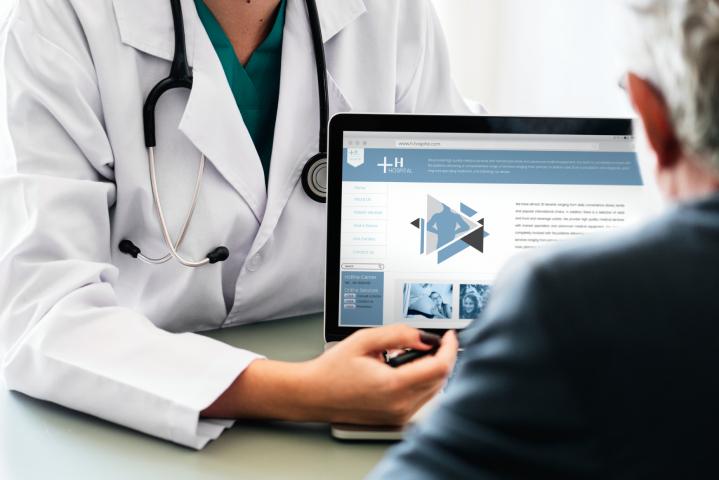Gone are the days when patient records and billing processes in ophthalmology were confined to paper-based systems. Today, a significant shift towards digitalization is transforming how ophthalmology practices operate. At the heart of this transformation is the adoption of Electronic Health Records (EHR), a tool that is revolutionizing not just patient care but also the efficiency of billing processes. As we delve into the world of EHR in ophthalmology, let’s explore how this technology is streamlining billing procedures, reducing errors, and paving the way for a more efficient practice management system.
Understanding EHR in Ophthalmology
Electronic Health Records, or EHR, are digital versions of patients’ paper charts. But they’re much more than just digital records – they’re a comprehensive patient management system. In ophthalmology, EHR systems offer unique features tailored to the needs of eye care professionals. These systems not only store patient medical histories and treatment plans but also integrate billing codes specific to ophthalmology. This integration allows for seamless transition from diagnosis to billing, ensuring that every procedure, test, and consultation is accurately recorded and billed.
Streamlining Billing with EHR
EHR systems are revolutionizing the billing process in ophthalmology in several key ways:
- Automated Coding: EHRs can automatically suggest billing codes based on diagnosis and treatment entries, reducing the chances of human error.
- Error Reduction: With EHRs, the common billing errors caused by manual data entry are significantly minimized.
- Faster Claim Processing: EHRs streamline the entire claim process, from submission to tracking and follow-up. This efficiency leads to quicker reimbursements and improved cash flow for the practice.
Boosting Billing Accuracy and Compliance
The accuracy and compliance of billing procedures are critical in ophthalmology, where even minor coding mistakes can lead to claim denials or audits. EHRs play a crucial role in:
- Ensuring Billing Accuracy: By providing up-to-date billing codes and reducing manual entry errors, EHRs help ensure that claims are accurate.
- Staying Compliant: As healthcare regulations and insurance policies continue to evolve, EHRs stay updated, helping practices remain compliant with the latest billing rules and regulations.
EHR: Integrating Patient Care and Billing
The integration of patient care and billing is where EHR systems truly shine in ophthalmology practices. Key aspects of this integration include:
- Comprehensive Patient Records: EHR systems store detailed patient histories, treatment plans, and test results, providing a holistic view of patient care.
- Seamless Billing Process: With integrated clinical and financial data, billing for services becomes a more streamlined process, reducing the risk of discrepancies between care provided and claims submitted.
- Enhanced Patient Experience: A well-integrated EHR system not only aids in billing efficiency but also contributes to a smoother patient experience, as all information is readily available and easily accessible.
Navigating EHR Implementation Challenges
While EHR systems offer numerous benefits, their implementation can come with challenges, particularly in a specialized field like ophthalmology. To navigate these challenges:
- Training and Support: Invest in comprehensive training for all staff members to ensure they are comfortable using the new system. Ongoing support and refresher courses can also help ease the transition.
- Customization to Fit Practice Needs: Work with EHR providers to customize the system according to the specific needs of your ophthalmology practice, ensuring it aligns with your workflow and billing requirements.
- Data Migration and Security: Pay attention to the secure and accurate migration of patient data from existing systems to the new EHR, and ensure robust data security measures are in place to protect sensitive patient information.
Conclusion
The adoption of Electronic Health Records in ophthalmology practices marks a significant step towards enhanced billing efficiency and improved patient care. By leveraging the power of EHR:
- Streamline Billing and Coding: Practices can see reduced errors, faster claim processing, and improved overall financial health.
- Enhance Patient Care: The integration of comprehensive patient records with billing processes not only streamlines administrative tasks but also enhances the quality of patient care.
- Prepare for the Future: As the healthcare industry continues to evolve, embracing digital solutions like EHR prepares ophthalmology practices for future advancements and challenges.



